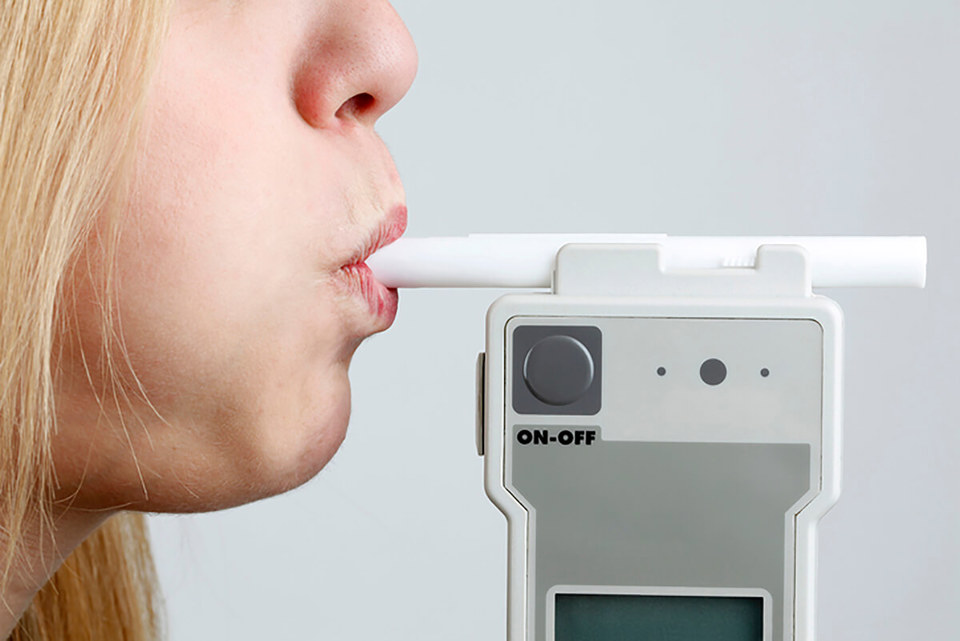Brake is calling on the Government to take urgent action after figures released by the Department for Transport (DfT) show little change in the number of people killed because of drink-driving.
Government figures reveal that the number of deaths involving a driver under the influence of alcohol was 240 in 2014. That figure has been consistently been reported since 2010 and looks set to continue if the provisional estimate for the 2015 figures proves to be accurate (200-290 killed).
The DfT claim this consistency in drink-drive fatalities is a sign of stability in their work to reduce drink-driving since 2010, with drivers under the influence accounting for 13% of road deaths in 2014 and 15% in 2013.
Brake argues that the figures and the government approach have stagnated since the removal of road casualty reduction targets in 2010. It is urging the Government to consider the devastation that even a single death caused by drink-driving can bring and implement a zero-tolerance policy to drink-driving.
Lucy Amos, research advisor for Brake, said: “Drink-drive fatalities in the UK have now remained almost static since 2009 and it’s clear that decisive action is urgently needed to achieve further reductions in deaths and injuries.
“Through our work with bereaved families, we see the countless lives devastated when someone is killed by a drink driver, and it is for this reason that Brake is calling for a zero-tolerance drink-drive limit, the reintroduction of casualty reduction targets and greater prioritisation and resources for traffic policing to tackle the problem.”
A road user group that has been over-represented in the Government figures is men; 70% of drink-drive deaths in 2014 were males and 77% of those killed and seriously injured. This figure is a cause for serious concern and Brake is calling on the government to do something to increase awareness and compliance among male drivers in particular.
Unlike 2013, the age group shown as being especially at risk of dying in a drink-drive crash in 2014 was not the youngest age group (17-25) but 25-39 year olds. A quarter of drink-drive deaths in 2014 occurred as a result of a 25-39 year old behind with wheel over the legal limit. This demographic shift must be addressed if progress is to be made in road safety, says the road safety charity.
However, it welcomed the fall in 17-24 year old drivers dying as a result of drink-driving, which dropped from 25% to 21% between 2013 and 2014.
In addition, the number of people seriously injured by a drink-drive collision has fallen for the third consecutive year. This decrease (3%) is a promising sign, it said, as is the reduction in the number of overall drink-drive casualties which has reached its lowest level on record (5,620).
IAM RoadSmart is also urging the Government needs to make bigger efforts in the areas of drink-drive campaigning and rehabilitation, better enforcement of driving standards and increased education on road safety.
The charity said that after decades of good progress, the past five years have seen a disappointing plateau which is not acceptable.
The DfT figures show there has been no reduction in total road deaths and a 2% increase in serious casualties in the past 12 months (to 31 March 2016).
Tim Shallcross, head of technical policy at IAM RoadSmart, said: “The Government must get to grips with five years of disappointing figures now. It needs to show stronger leadership to really drive down road deaths and serious injuries in the future.
“Road deaths are a serious issue; 35 people a week die in crashes throughout the country. In any other sphere, that would provoke national outrage, rule the headlines for months and provoke urgent government action. It happens week in week out on our roads and it merits barely a mention.
“More action on drink driving, more on-road enforcement of driving standards and more publicity and education are urgently needed if we are to return to the gains made before 2010. IAM Roadsmart urges the government to take back the initiative and put forward credible plans to address this vital issue.”


















Ean Lewin - 05/08/2016 12:13
It is well proven that the more breath tests done, the fewer casualties, so it isn't rocket science that we actually need more dedicated traffic police on the road, so they can do more breathalysing and now, more DrugWipe screening, which will increase the deterrent and reduce the collisions and casualties. The first year of DrugWipe caught 8,000 drug drivers, this number will likely double for 2016/17 subject to funds and officers!.